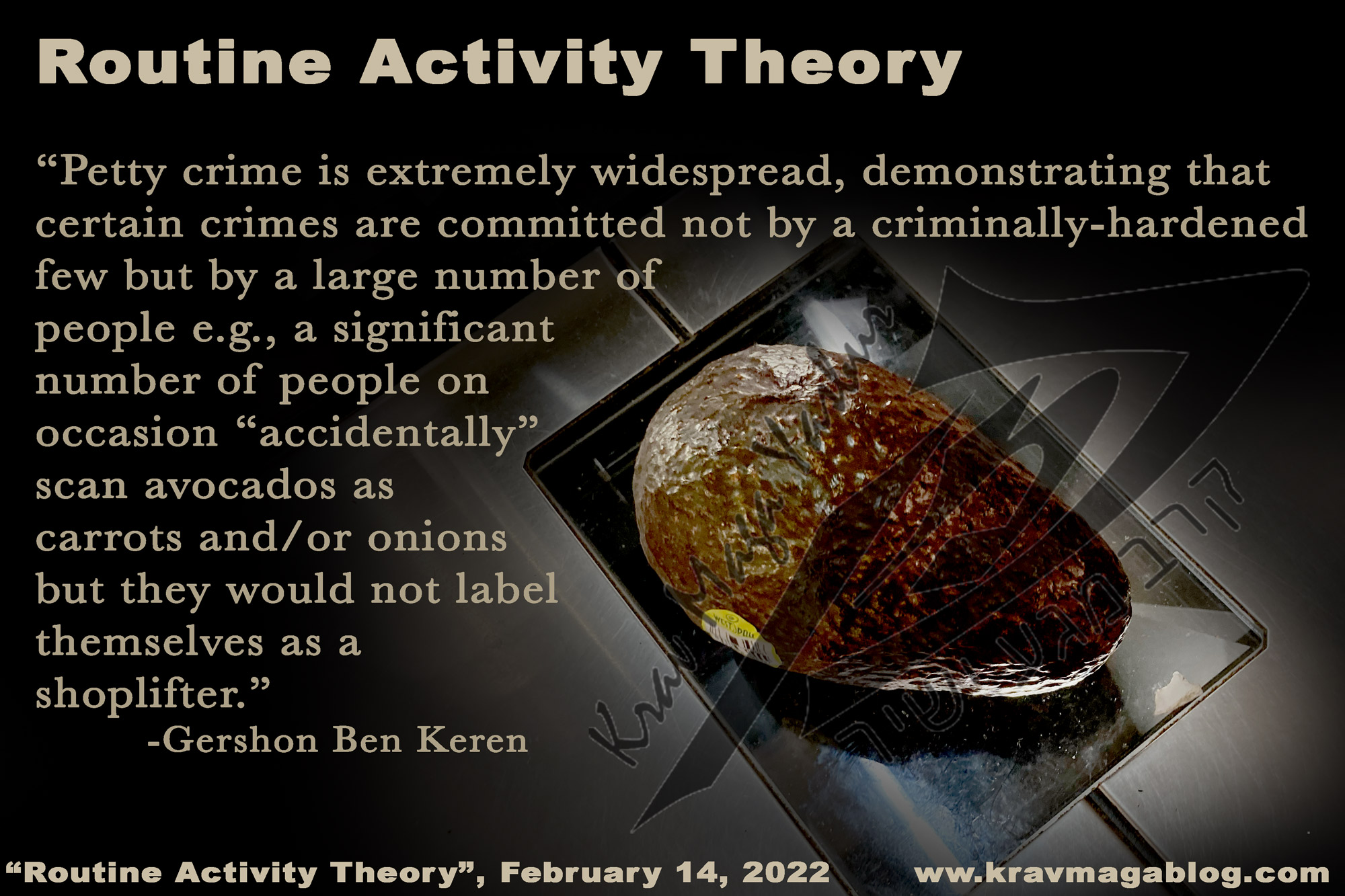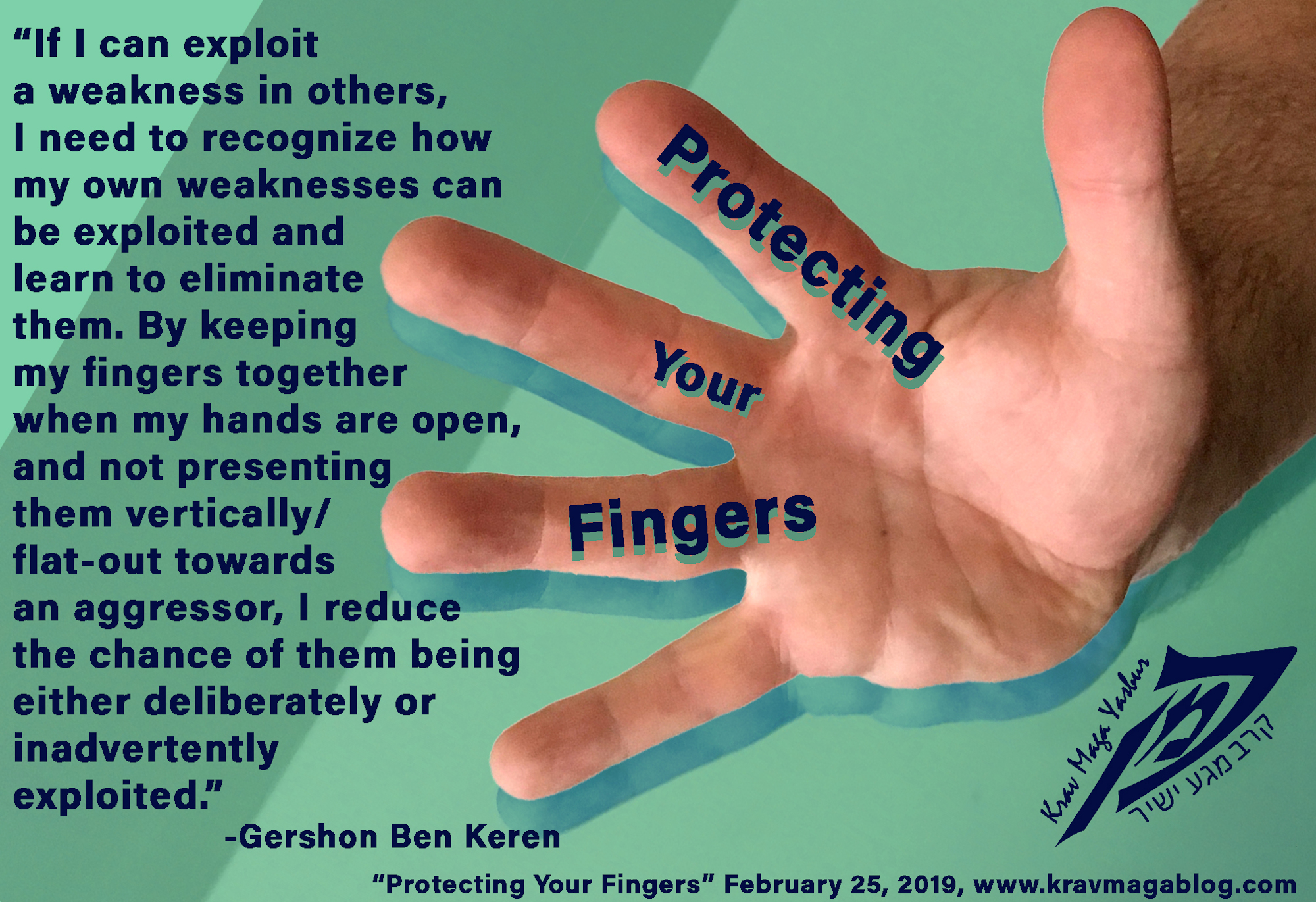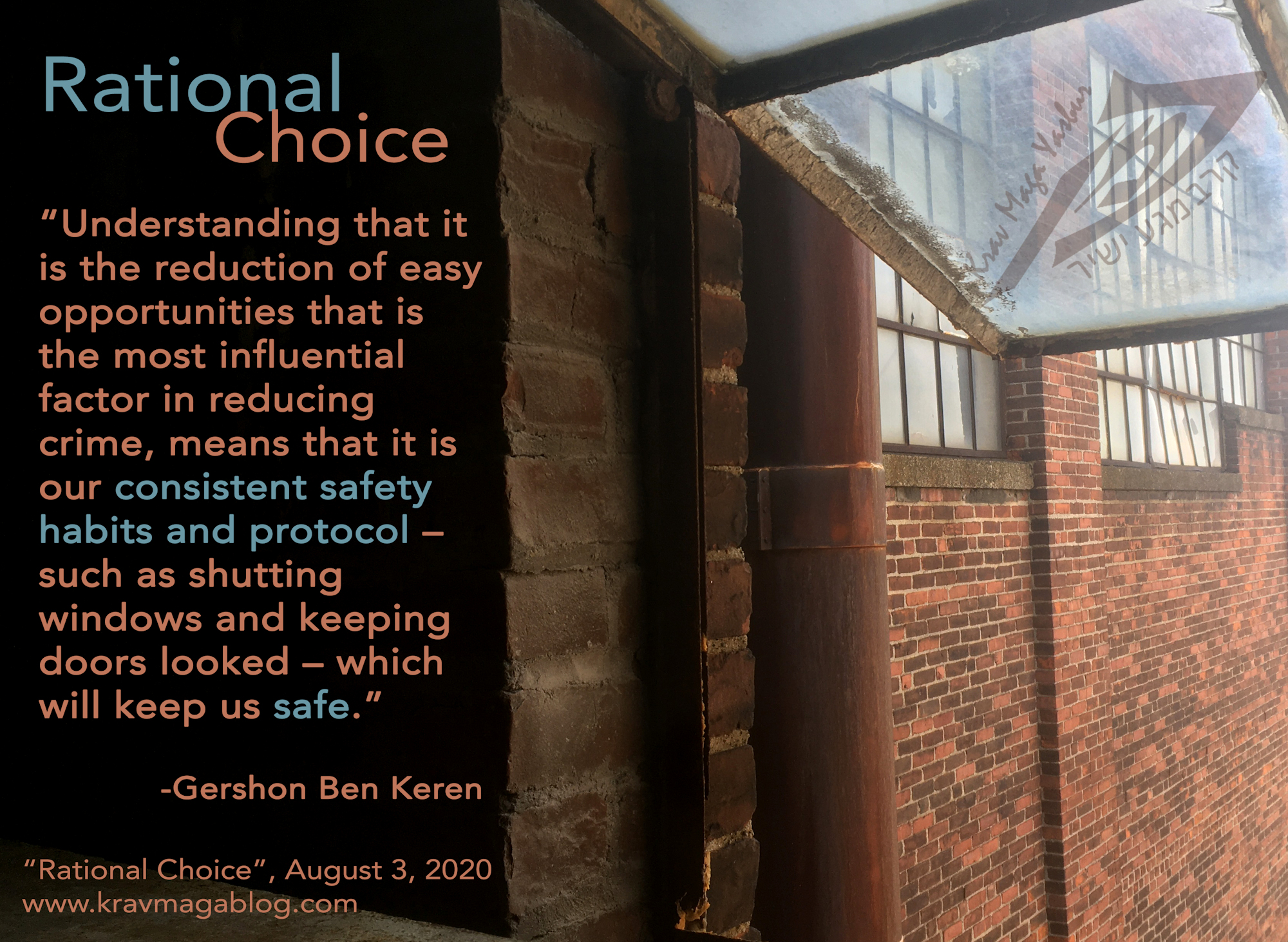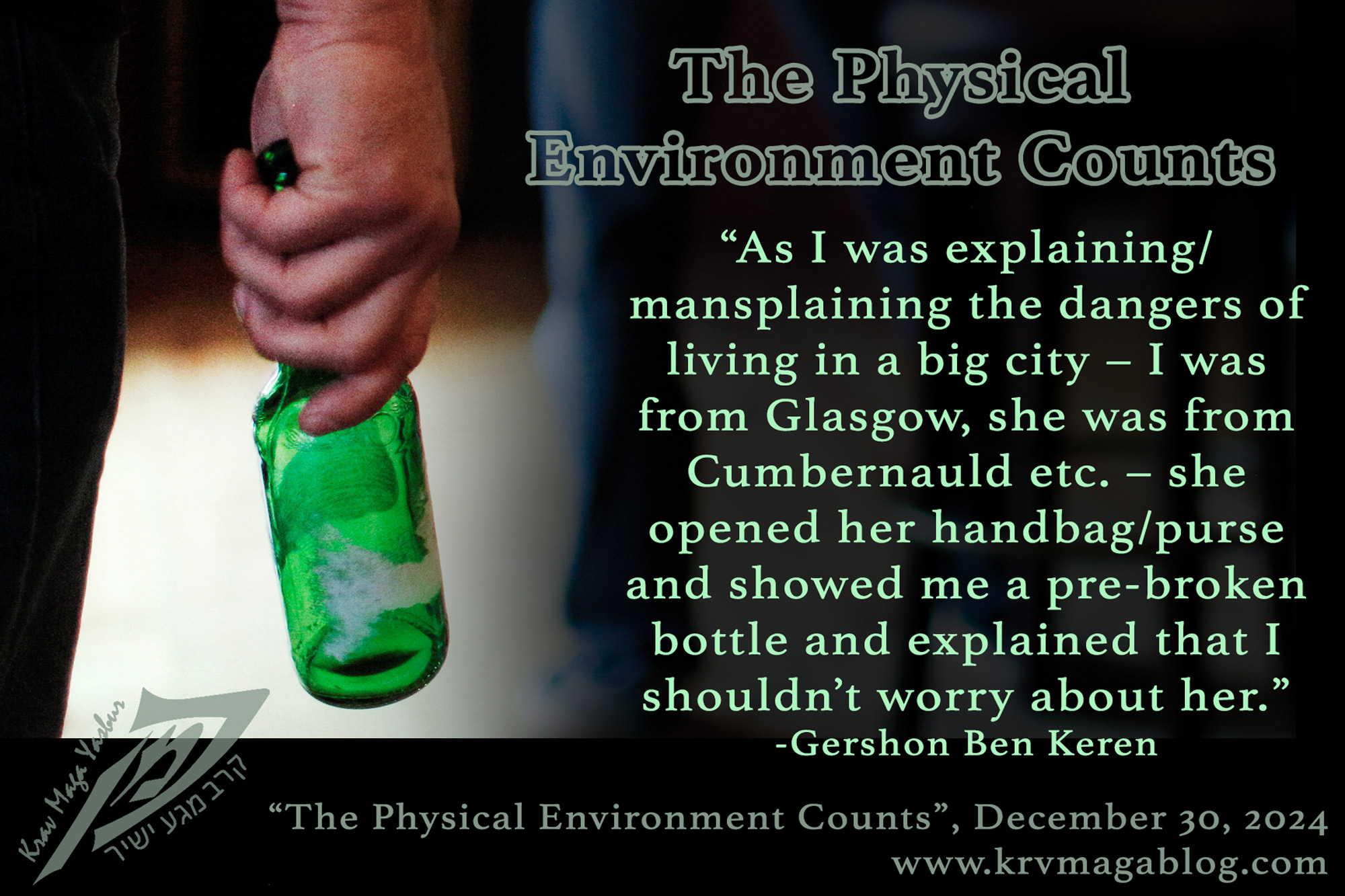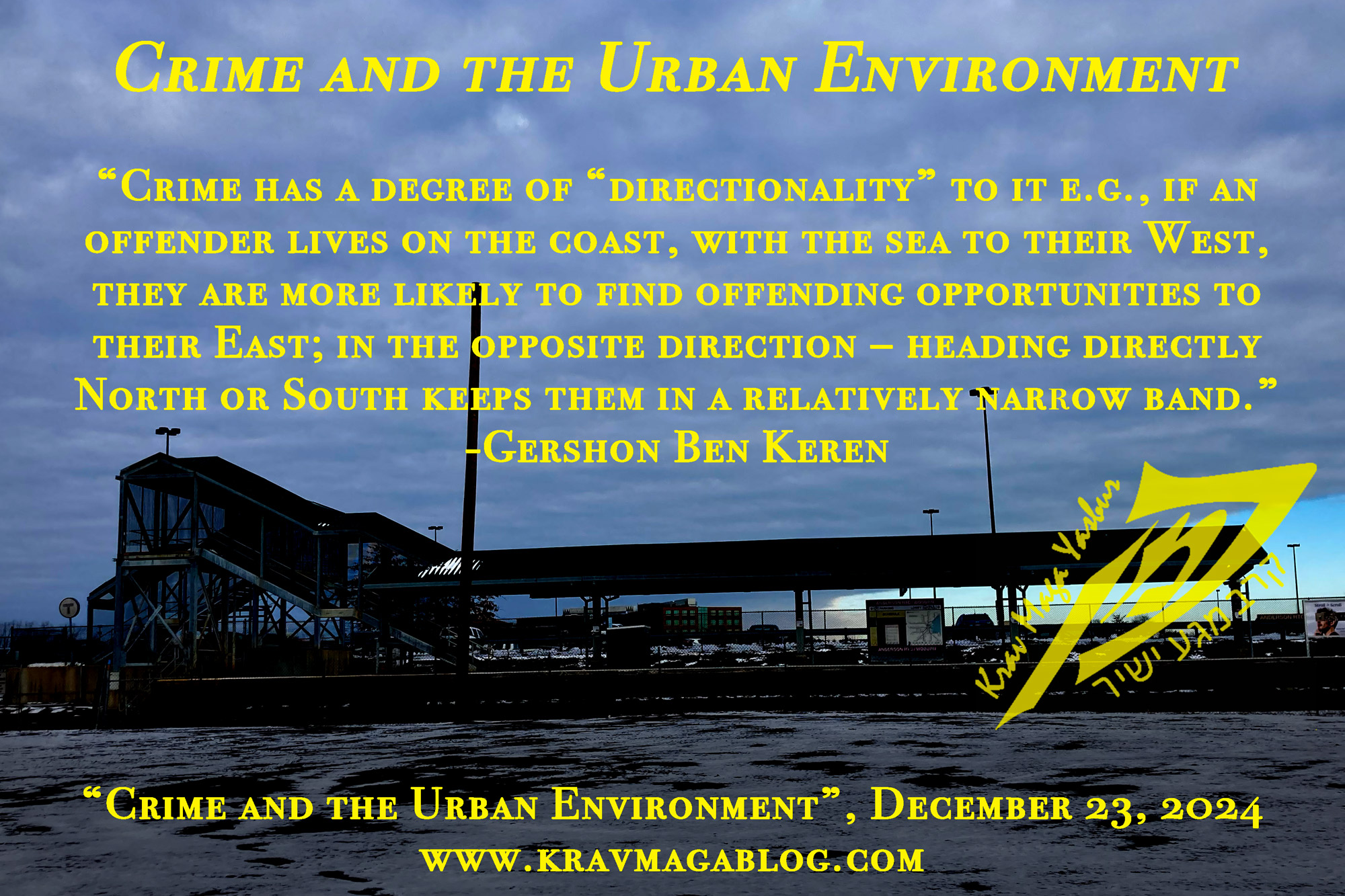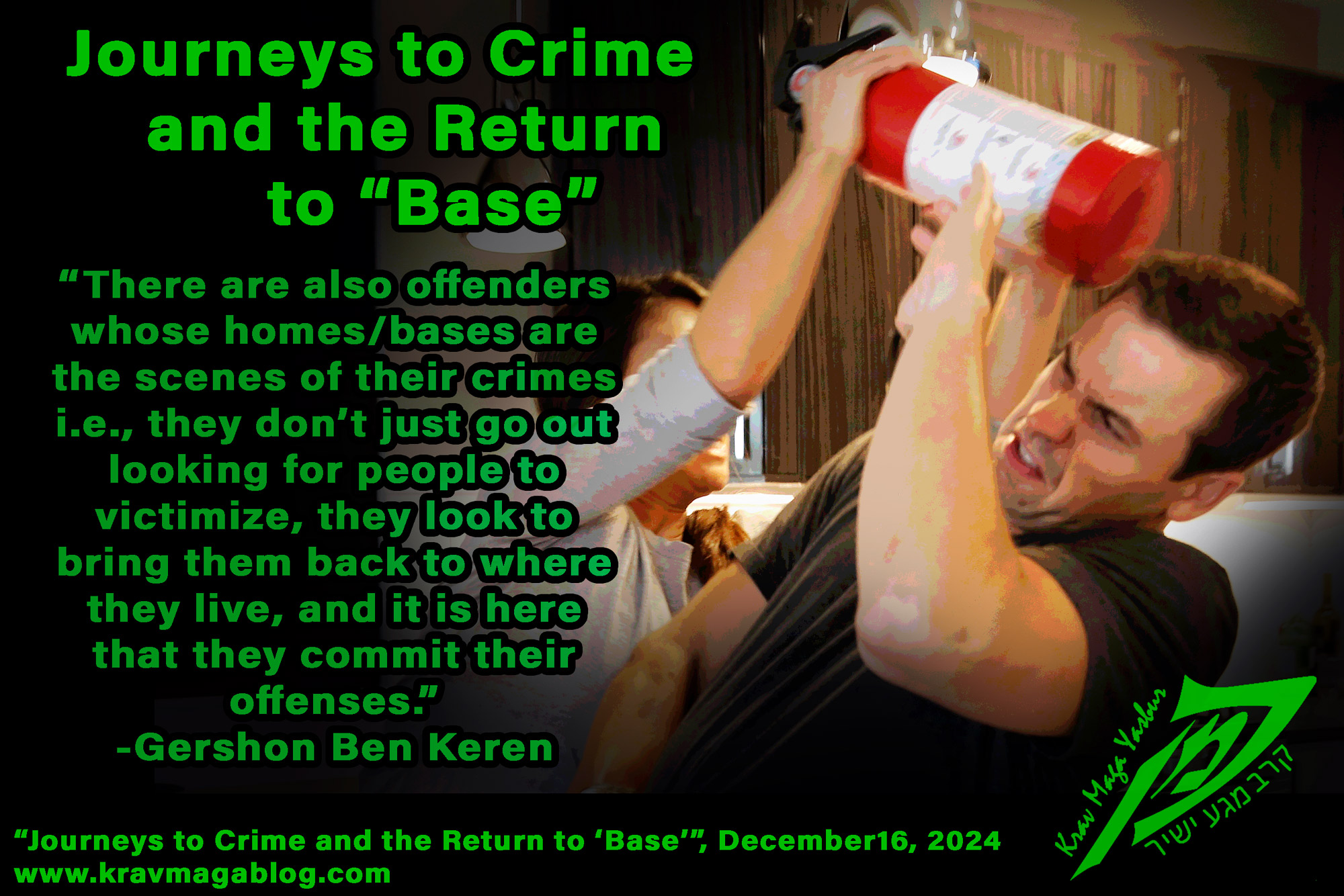Rational Choice, is an article written by Gershon Ben Keren, a 5th Degree Black Belt in Krav Maga, who teaches Krav Maga in Boston, MA. He has also authored three Amazon best-Selling Books on Krav Maga.
There are two general ways to look at crime, including acts of violence: we can study, investigate and look at those things which make an offender a criminal, or we can look at the situational components that contribute to incidents of crime. Most habitual offenders, like most people in general, spend most of their time engaged in non-offending activities, and so for preventing crime, it may be more profitable to look at what things need to occur in order for an offense to take place, rather than analyze the psychological and social history, etc., of the offender; an interesting pursuit, but one that might fail to reveal any actionable measures that could be used to reduce our risk of victimization. In this article I want to look not at why people commit crimes in general, but what makes an individual commit a crime in a particular moment, whether that’s an act of violence, a property theft or an act of vandalism, etc. If we can understand the decision-making process that individuals engage in before committing an offense, it may be possible for us to put in place measures that would lead them to behave/act in a different way i.e. choose an alternative to offending in that moment; which does not mean that they won’t commit future offenses, etc.
There is much discussion about the degree to which crime is a rational act e.g. how much of the decision to commit an offense is driven by emotion, such as the thrill-seeking aspect that many juveniles who engage in auto thefts mention as a large part of their motivation, and how much is clinically rationale, where an armed robber might carefully select certain drugstores, and pass over others, based on a well-considered risk assessment, etc. To commit an offense, a decision has to be made to do so, and so even where emotion plays a significant part, there has to be a degree of rationality. It is important to note that when talking about crime as a rational choice, this does not mean that an offender will be in possession of all the facts that should affect their decision making e.g. many economic models that look to explain how the free market work, operate from the basis that a consumer is in possession of all the prices for a particular good, and will choose the lowest price, etc. In considering the choices those committing offenses make, it is more productive to talk about “bounded rationality” where an offender is in possession of some of the pertinent facts concerning the offense they are about to commit, but not all of them. Sometimes, people believe they are in possession of certain facts, when they are clearly misguided e.g. many people believe that the legal definition of an “assault” requires contact to be made, not understanding that the contact part is defined as “battery” etc. I also see many instructors instruct their students to head stomp after taking a person to the ground, because they “may” have a weapon, not understanding that physically a “separation” has occurred, and that conjecture is not a good legal defense. Bounded rationality accepts that actors in a crime, may be making their rational choices using inaccurate and incomplete information – and that emotion can and does play a part in decision making, but moreso in expressive, rather than instrumental crimes.
There are three general things which are considered by offenders in their decision-making process, these are: risk, reward, and ease. For most of us, if we were going to commit a crime, such as break into a house and commit a burglary, it would be because we needed money to pay for a child’s surgery, etc. That is, we can justify our decision morally to ourselves. We might then start to search for a particular property and weigh up the potential monetary rewards of breaking into it, against the risk of being caught, etc. We might then scout several similar properties that offer the same risk/reward ratio, and look at which one of these would be the easiest to break into, etc. We might choose properties that are like the one we live in, so we’d have a greater familiarity with the layout, and choose an area we are familiar with, so that escaping afterwards would be easier. For many habitual offenders, risk and reward are secondary considerations to ease/effort and this is an important factor to consider in crime prevention and reduction. Many people still leave windows open in the Summer, because they believe that it would be too risky for somebody to climb in without being seen, etc. However, when we consider that ease and lack of effort trump such risks, it is quickly understood why an offender would eagerly take advantage of this available opportunity. We have to understand that our decision-making process, where our greatest concern is getting caught, isn’t held or replicated by those who regularly offend. Understanding that it is the reduction of easy opportunities that is the most influential factor in reducing crime, means that it is our consistent safety habits and protocol – such as shutting windows and keeping doors looked – which will keep us safe.
Unfortunately, many people over time will start to make exceptions e.g. they will forget to shut a window, and nothing happens, because at that time there were no motivated offenders in their locale. Not shutting windows then starts to become a thing, and whilst there is a lack of individuals looking to commit a crime, there are no consequences. Then one day, a break-in occurs, and the homeowner appears baffled as to why this happened, as they’ve always left that window open, etc. It is the reduction of easy opportunities which is the most important factor in protecting ourselves and our assets.
0 COMMENTS

